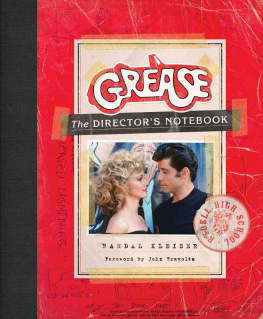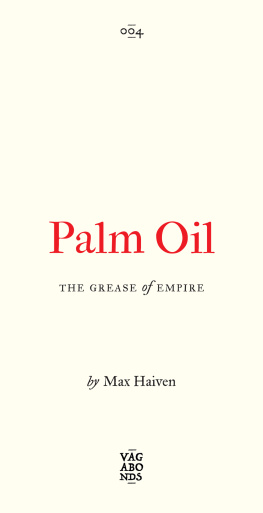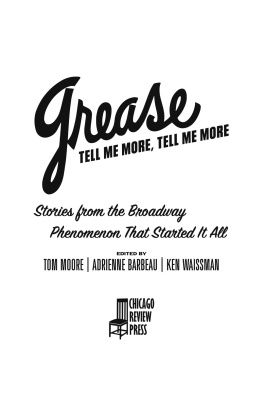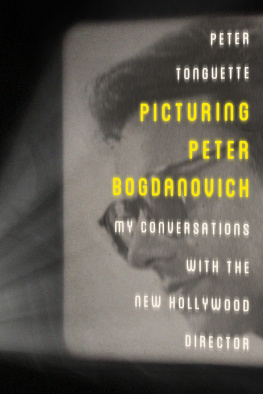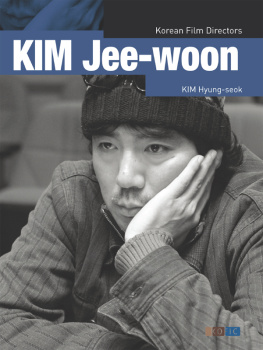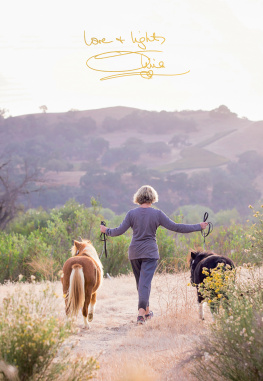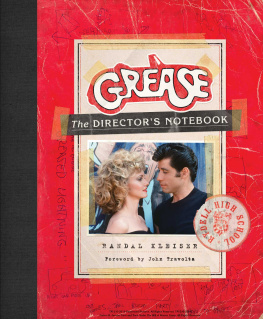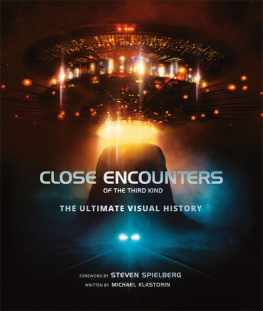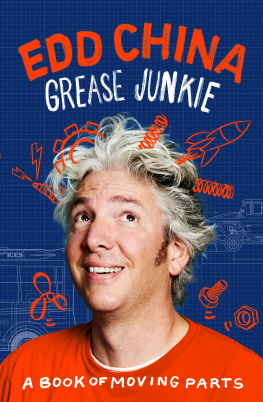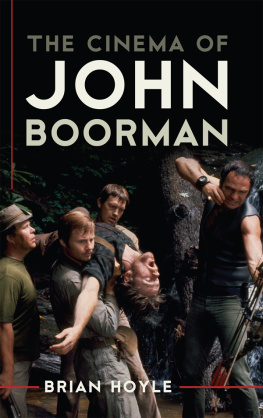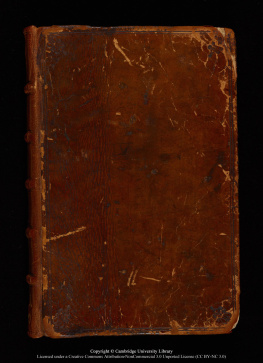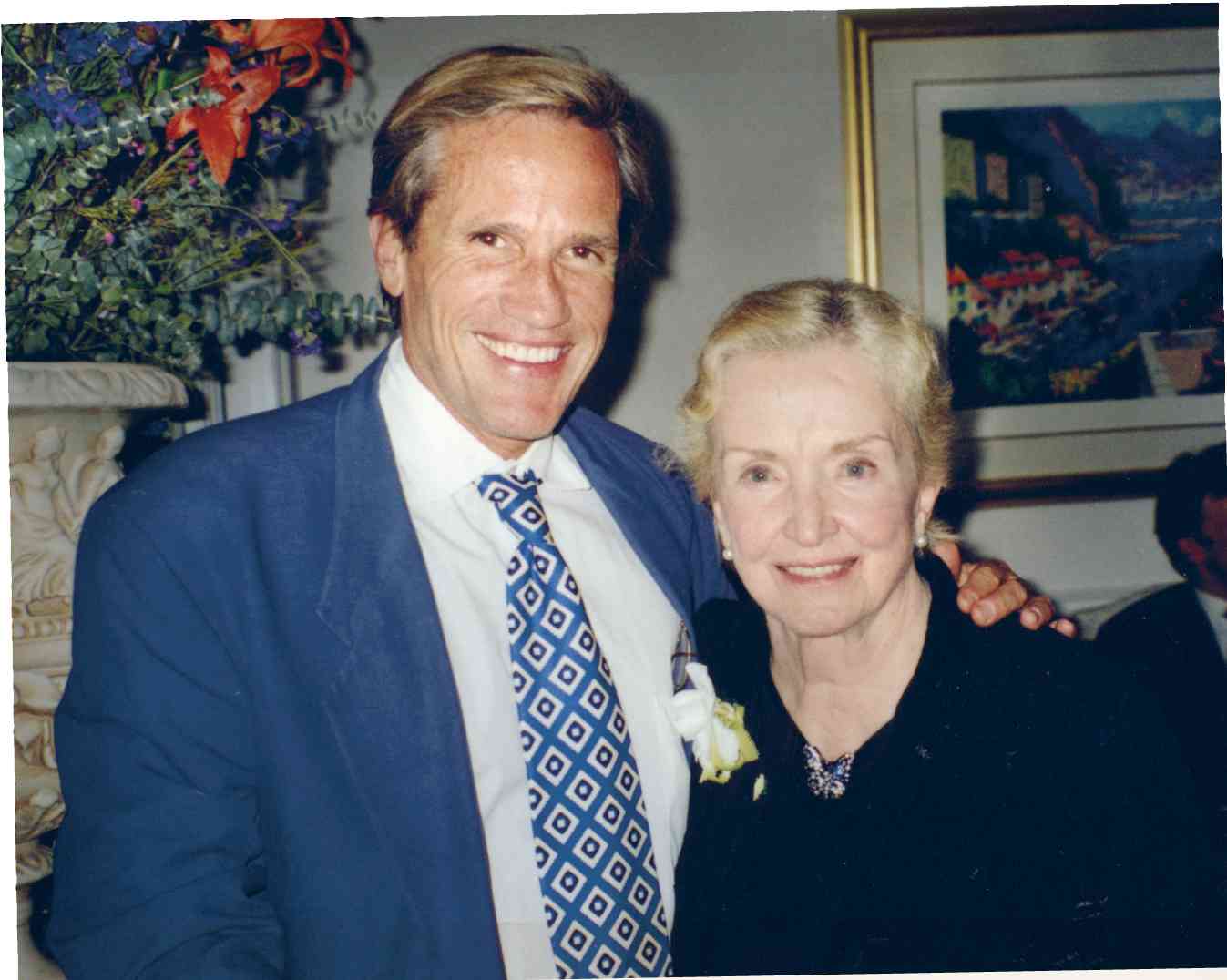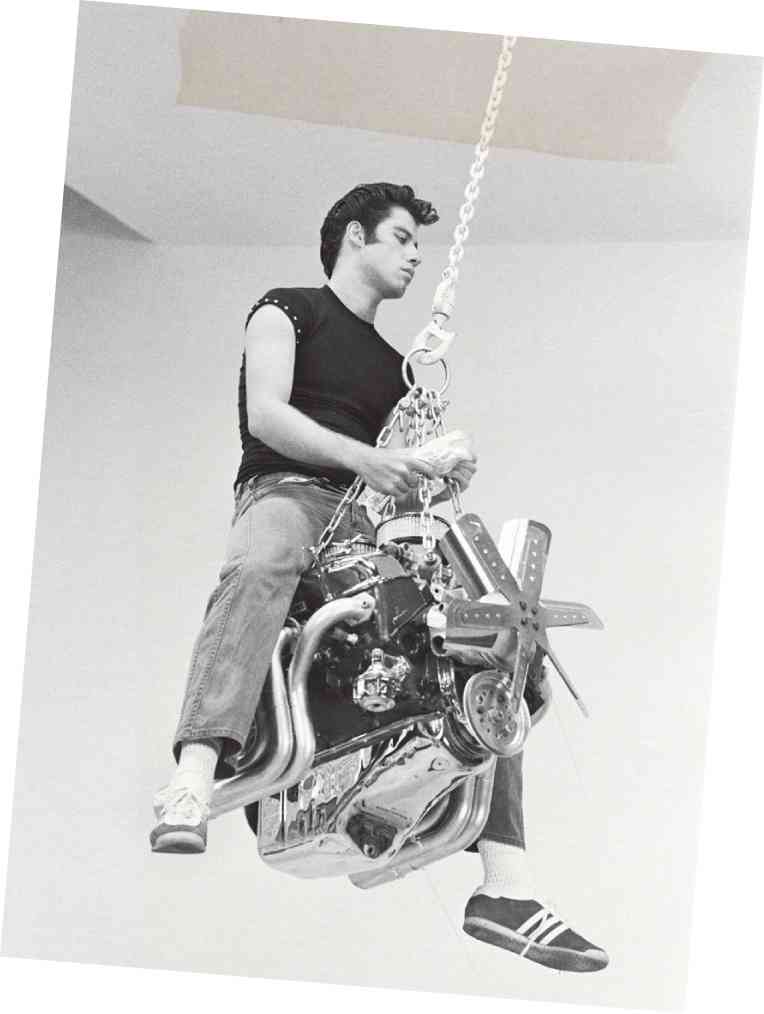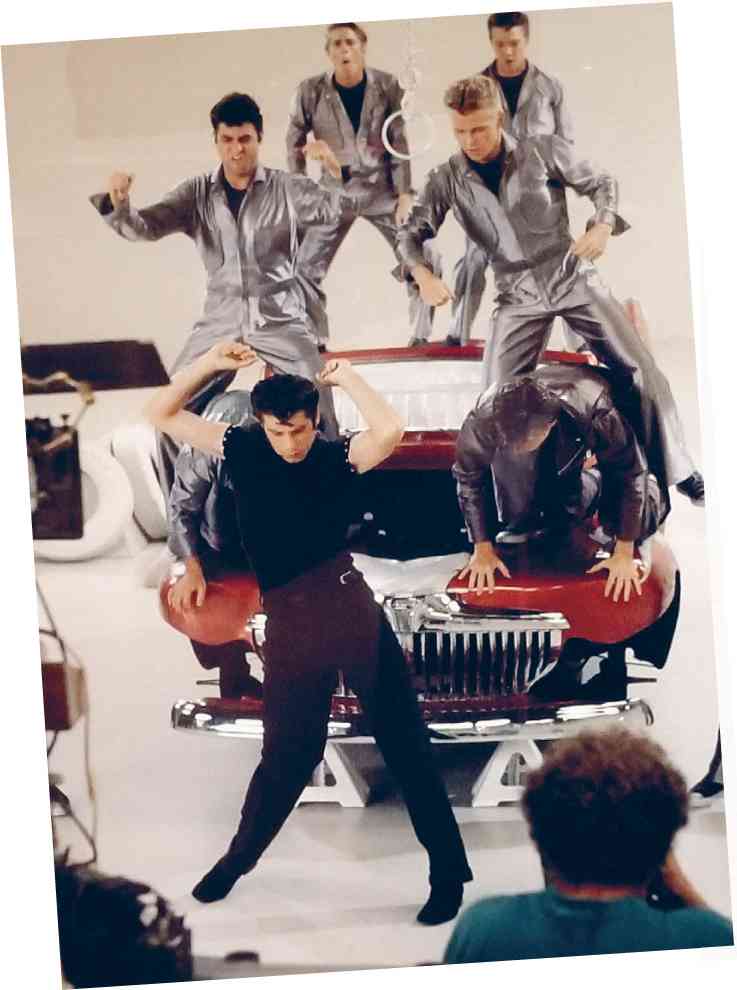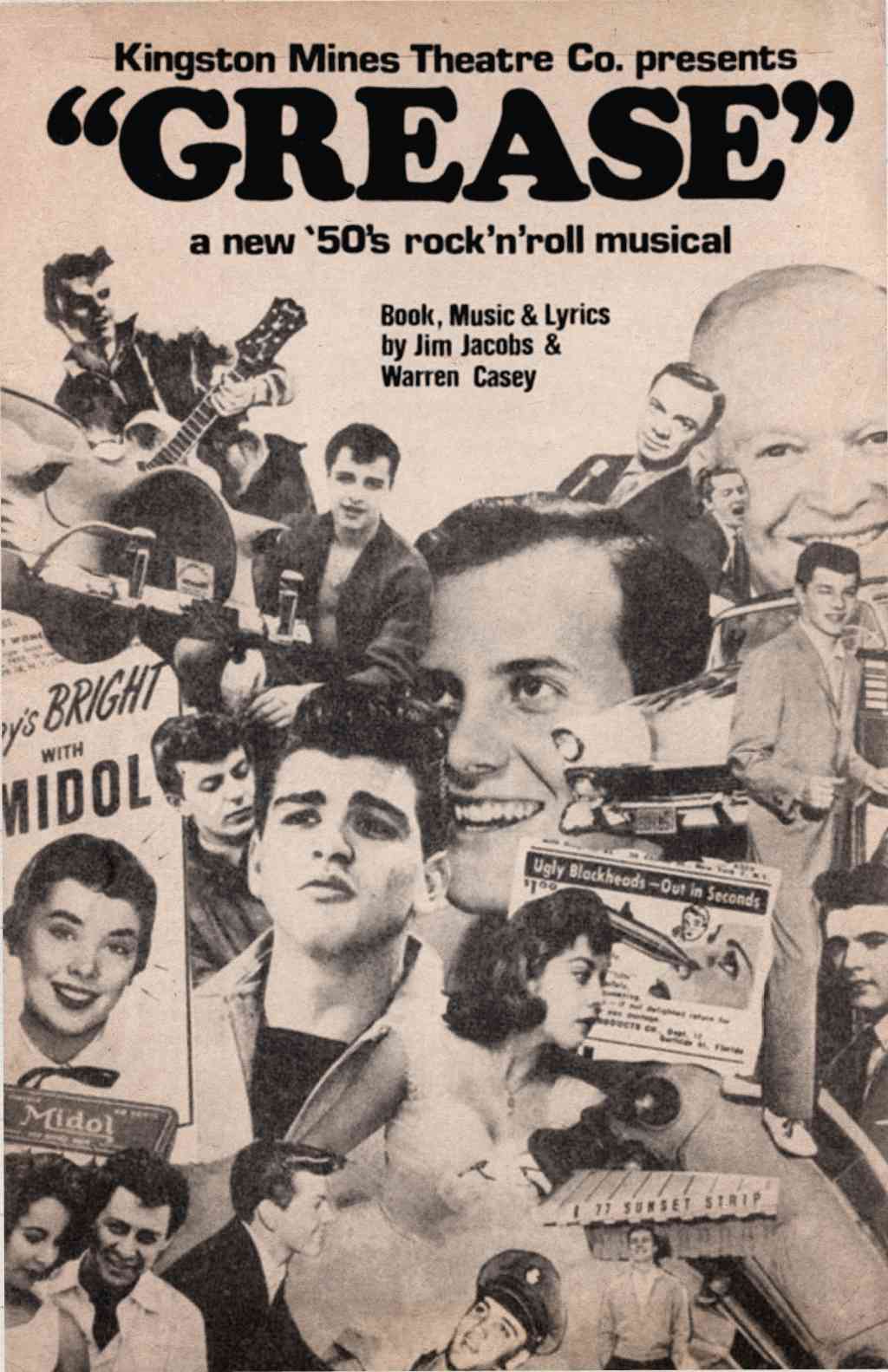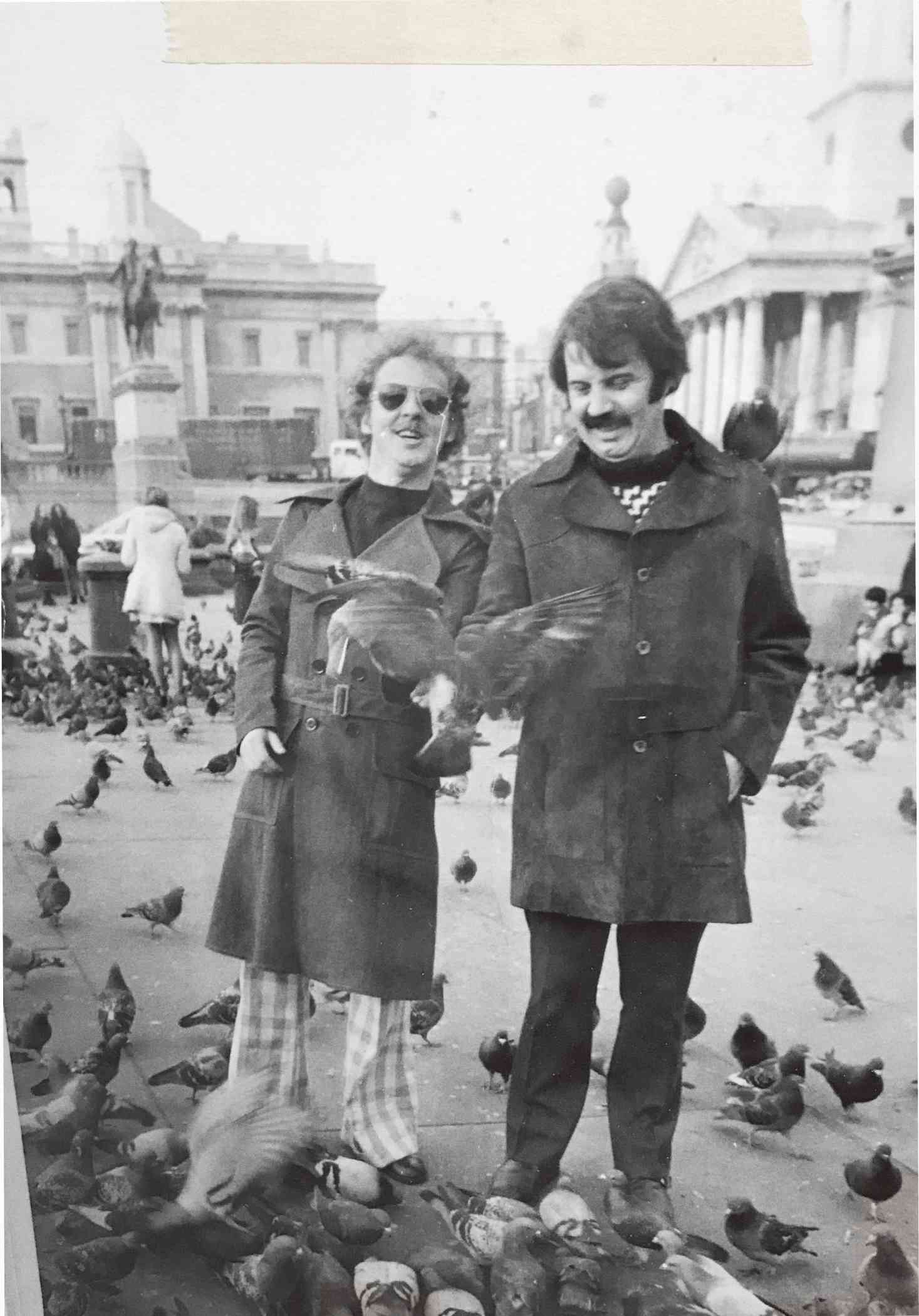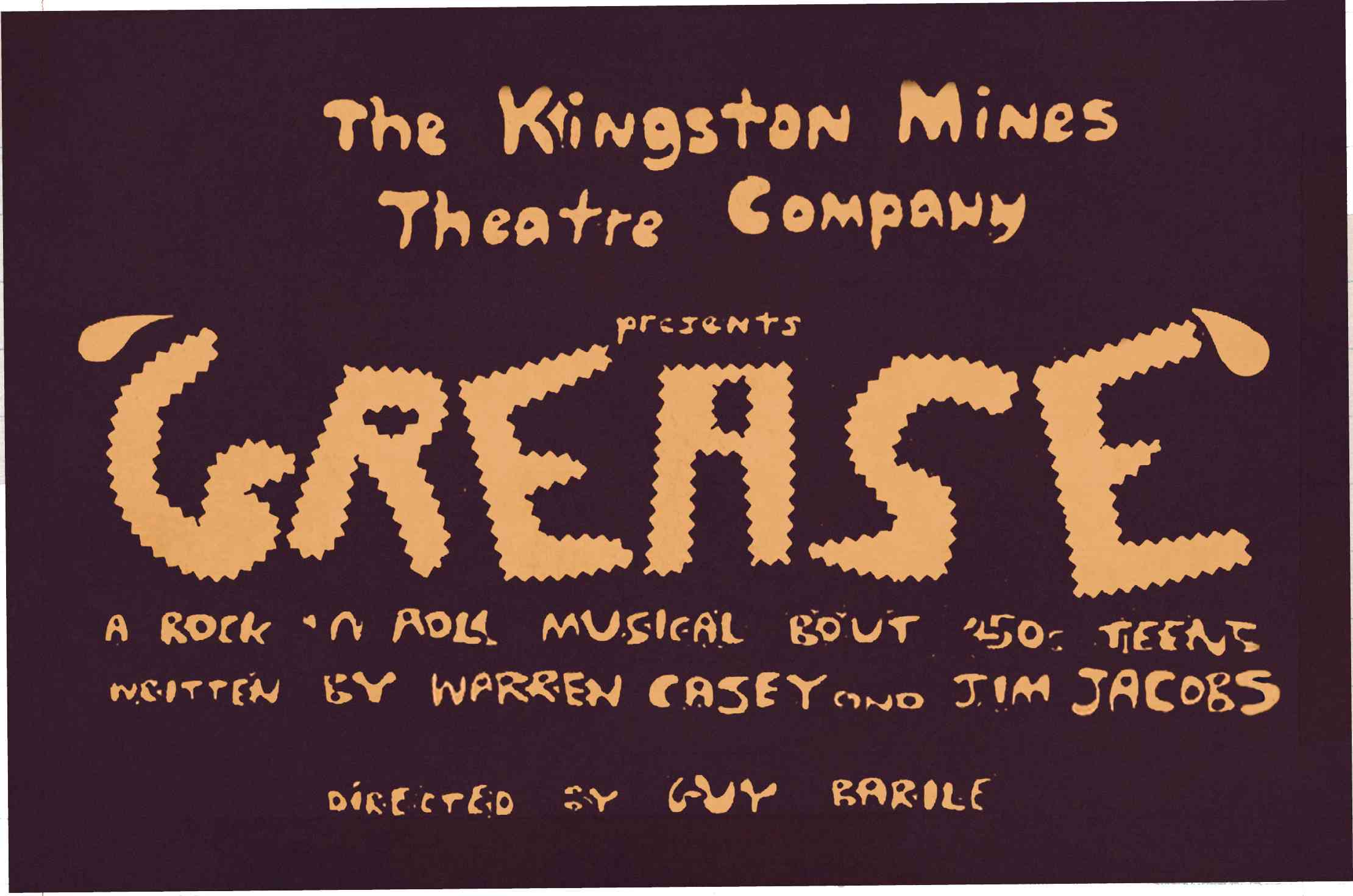
Poster from the original Chicago production of Grease, 1971
Seeing it for the first time, I was most impressed by Tom Moores spirited direction and the plays relevance to the high school experience. I began to envision how to adapt it to a movie. It was easy to imagine a movie version of Summer Nights, and the same for We Go Together and Greased Lightnin. When the choreographer of the play was hired, I realized how critical it was to have Patricia Birch as my partner; she both understood the vision of the play and knew where all its beats, laughs, and highlights were.
The play was set in an urban Chicago and was raunchy, raw, and aggressive. Based on Jim Jacobss high school experience at William Taft High School, it was toned down for New Yorks Broadway stageand not to the total liking of Jacobs and Casey. Allan, one of the producers of the film, had a suburban Chicago background. He felt by further toning down the raunch and adjusting the script to a more West Coast feel, the characters would appeal to a wider audience. Plus we were shooting the movie in sunny Southern California.
Pat, although not thrilled with palm trees and convertibles, always thought the story would work in any venue or period. Teenagers have common problemsfitting in, being popular. In any high school you can find characters and teen relationships similar to those in Grease, which is why the original play works around the world in different cultures.
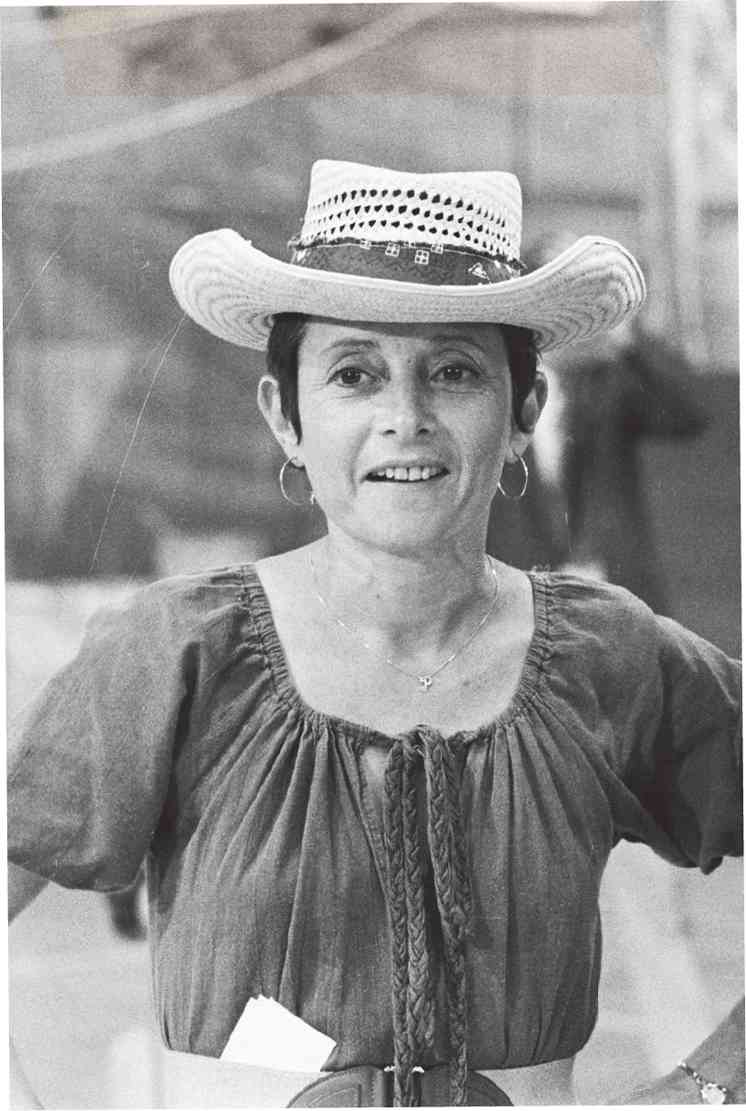
Choreographer Pat Birch on the set
Allan had brought in his friend Bronte Woodard to write the screenplay. Their concept was to make it funnier, and they wrote lines that were either campy or had a sitcom feeling that had nothing to do with the tone of the original play. I became worried when I read it, so much so that during rehearsals, the actors and I would read a scene from the adapted screenplay, and then read the same scene from the original play. The original play was tried-and-true and worked.
For the five weeks up to principal photography, we rehearsed the script and the musical numbers at Paramount Studios. In the mornings, Pat would choreograph the dancers while I worked on scenes with the actors in the afternoons. Several of the cast had been in the stage musical, so they were extremely familiar with their characters and knew exactly what lines and sight gags got great audience reaction. They helped us keep true to the spirit of the play and came up with bits.
Our casting director, Joel Thurm, was very familiar with the Chicago and Broadway stage productions and shared my concerns about the screenplay. Allan and Bronte would come in each day to hear how the rehearsals were going, and as long as they heard one or two of their lines, they seemed happy. During the shoot, Allan was rarely on the set and didnt pay attention to the fact that we never shot many of the lines he and Bronte added. This book shows the shooting script and all the changes that were made to get back to the spirit of the original play.
We began the shoot on June 25, 1977, at Venice High School.
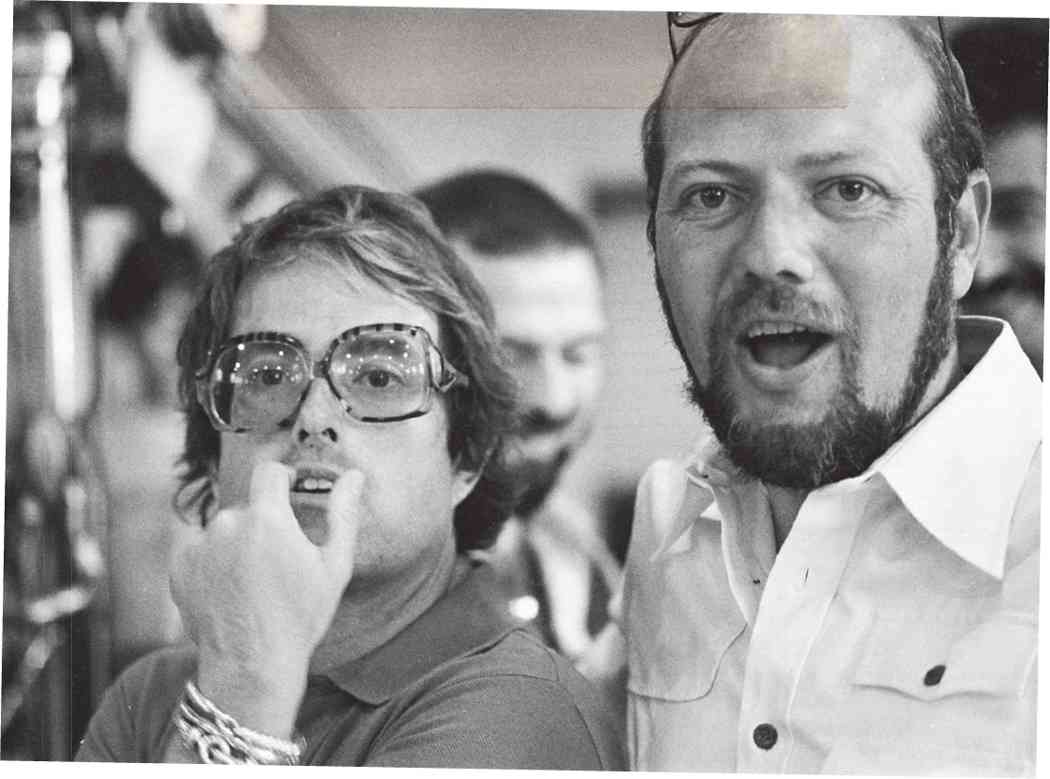
Screenplay adapters Allan Carr (left) and Bronte Woodard (right)
I TS INCREDIBLE THAT MORE THAN FORTY YEARS after the movie Grease premiered, it continues to mean so much to so many people on such a deep level. Its taken people out of their worst moments and given them their best moments. And its still the go-to movie when people need to be cheered up. The cast and I are asked all the time, Did you know that the movie would be such a big hit? I have to say even then I knew it would be big, but I never guessed its impact would be so long lasting.
Grease has been a part of me since I played Doody on Broadway. As a young actor just starting my career, I was amazed by how well Jim Jacobs and Warren Casey captured the differences between preppies, jocks, and greasersand especially the greasers coolness factor. Add rock and roll, dancing, and songs and their play was a combination that couldnt be beat.
As soon as I was cast as Danny Zuko for the movie version of Grease, I wanted Randal to be the director because we had great rapport after working on The Boy in the Plastic Bubble. He helped bring together a phenomenal cast for Grease and agreed that Olivia was the only one to play Sandy. Some of us had been in the play version of Grease, and we all worked well togetheras Patty Simcox said, we became lifelong friends. The team behind the scenes also brought the highest level of expertise. Songwriter John Farrar and musical director Louis St. Louis were such perfectionists that they would not allow any mistakes in pitch or performance. The costumes by Albert Wolsky and sets by Phil Jefferies were like the best of the fifties and the seventies all rolled into one. The choreography by Pat Birch and cinematography by Bill Butler captured the colors and layers of high school. And Randal as director had a vision that would not allow less than the best from all of us.

